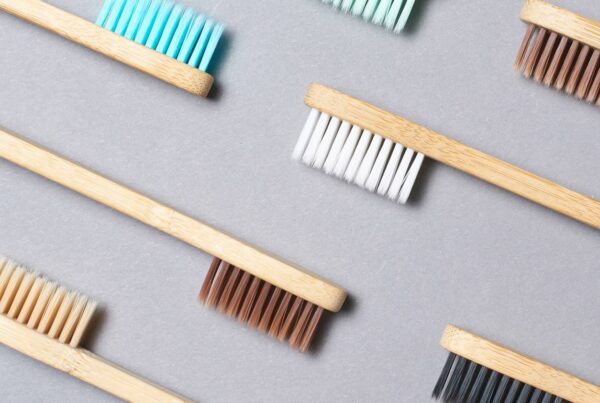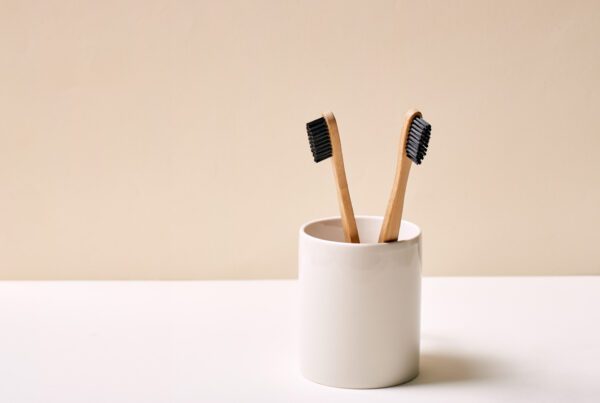When was toothpaste invented?
Brushing teeth is part of everyone’s daily routine. Taking a toothbrush and putting toothpaste on is something that we don’t even need to think about. But have you ever wondered when toothpaste was invented? How did people previously brush their teeth? Who can we thank for this awesome invention? Let us explore the history of this widely used oral health item and how people came to be using it every day! Some things may even surprise you!
The history of toothpaste began as far back as 5000 BC when the Egyptians started to make a so-called tooth powder. This usually consisted of ox hooves, myrrh (extracted from trees), eggshells, and pumice (volcanic rock with a rough texture). The first tooth powder may seem a bit strange and even poisonous to us now, but it worked well to remove stains from the teeth. The Greeks and the Romans improved this by adding abrasives, such as crushed bones and oyster shells. It is still today unknown whether this tooth powder was used by itself or with the help of early toothbrushes.
The general use of toothpaste and powders started in the 19th century when it became part of our daily routine. In the beginning, most tooth powders were homemade, with chalk, pulverised brick, and salt as ingredients. Some even used pulverised charcoals, but not many turned to the commercially made toothpaste, as it was believed it caused more harm than good.
The modern toothpaste in mass production was invented in 1873 by no other than Colgate and was sold in jars. The collapsible toothpaste tube came into effect around 1892, when Dr. Washington Sheffield developed it. This version looked very similar to the toothpaste that we are so familiar with today. Until 1950 toothpaste contained soap. After, it was replaced by more familiar ingredients that gave it a smoother texture.
In the latter half of the 20th century, toothpaste was further developed to help fight common oral diseases, such as sensitivity and tooth decay. The abrasiveness of the toothpaste was removed, as manufacturers realised that this could easily damage the surface of the tooth. Fluoride toothpaste came onto the market to help prevent corrosion.
It’s hard to believe that our ancestors once used animal parts to clean their teeth and applied tooth powder without a toothbrush. Our modern toothpaste today contains fluoride, colouring, flavouring, sweetener, and other ingredients that give it the smooth, moist, and foaming texture that we are so used to.
If you would like to find out more about how specific toothpaste can offer your oral health care benefits, get in touch with Central Hutt Dental. Our hygienist will give you some tips and tricks about how you can use this excellent invention to your advantage! Come visit our clinic and talk to our friendly and knowledgeable team!






